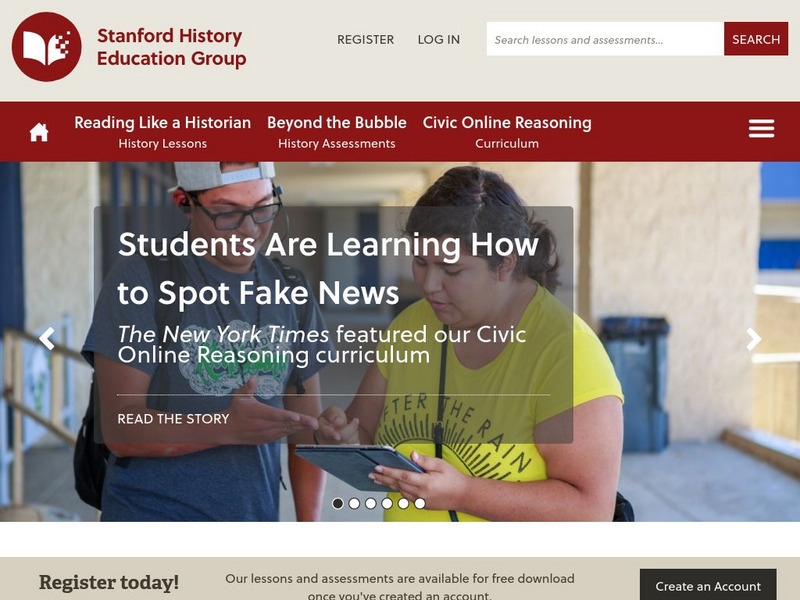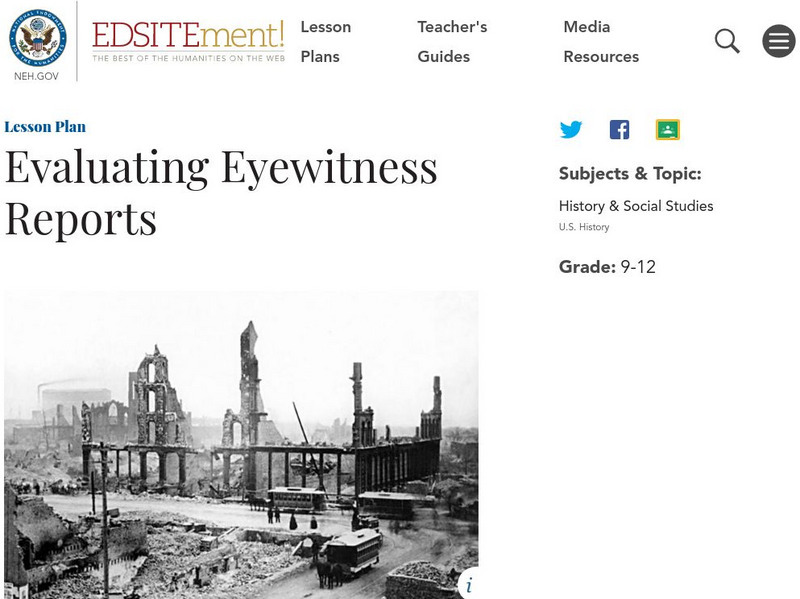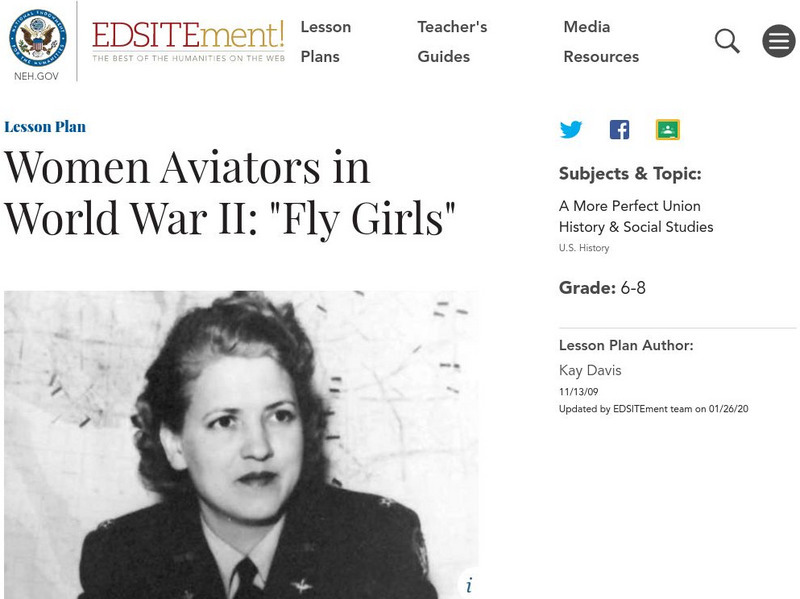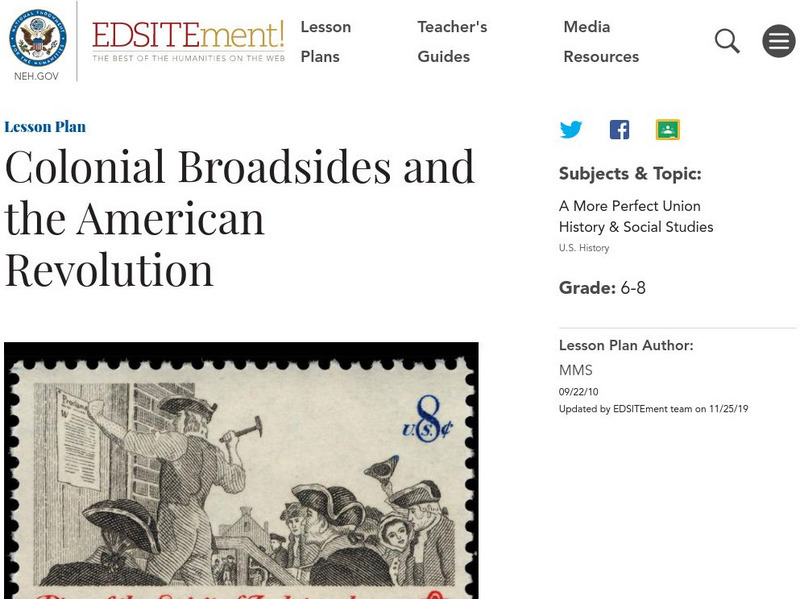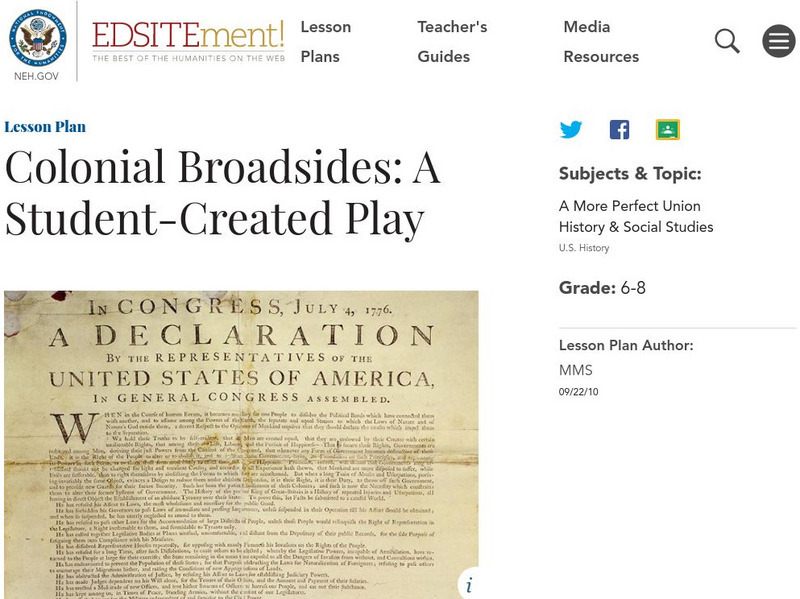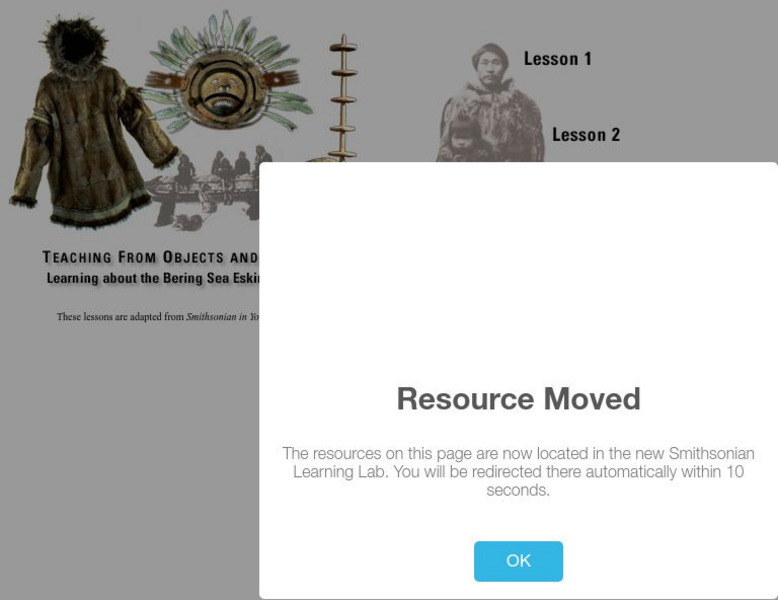Curated OER
The Huexotzinco Codex
Students examine primary sources and perform historical analysis. For this Huexotzinco Codex lesson, students investigate the codex as they make inferences and draw conclusions
Curated OER
My Secret War - The WWII Diary of Madeline Beck: Lesson 2
Fifth graders explore world history by reading historical fiction. In this World War II lesson plan, 5th graders read the story My Secret War and identify the importance of fiction when analyzing history. Students answer study questions...
Curated OER
People and Places
Fifth graders investigate how the geography of the land effected the human experience of the Lewis and Clark Expedition. They research using primary and secondary sources, design a map.
Curated OER
Living to Tell Their Tales
Students explore ways in which the elderly can be valuable resources in learning about history. By conducting their own historical research through interviews with the elderly, students come to appreciate this resource first-hand.
National Endowment for the Humanities
Neh: Edsit Ement: From Courage to Freedom:frederick Douglass's 1845 Autobiography
In this 3-lesson unit, students will read Douglass's narrative. They will analyze Douglass's vivid first-hand accounts of the lives of slaves and the behavior of slave owners to see how he successfully contrasts reality with romanticism...
Smithsonian Institution
Smithsonian Education: Artifact & Analysis: Historical Interpretation
A companion to American history courses, Artifact & Analysis features historical artifacts and documents about consumerism and the nation expanding, teacher's guide, writing assignments, and essays.
Other
George W. Bush Library: What Do Historical Objects Tell Me? [Pdf]
A comprehensive lesson training learners to analyze historical objects to determine features, reliability, authenticity, and provenance through observation skills encouraged through a variety of activities.
Other
Houston Independent School District: Social Studies Strategies [Pdf]
Hone in on methods for historical thinking and the process of historical inquiry when studying social studies.
Smithsonian Institution
National Postal Museum: A Student's Guide to Historical Research
This resource focuses on teaching students how to do historical research via a series of steps. Historical photos and documents are included as examples.
Polk Brothers Foundation Center for Urban Education at DePaul University
De Paul University: Center for Urban Education: Analyze Hist: Challenge, Choice, Changes [Pdf]
Students can use this chart to help them analyze the cause(s) and effect(s) of historical events. Students will identify historical events and then identify the effects that follow afterward. Extension questions are provided after the...
Stanford University
Sheg: Document Based History: Reading Like a Historian: Evaluating Sources
[Free Registration/Login Required] Are all historical sources equally trustworthy? How might the reliability of a historical document be affected by the circumstances under which it was created? In this activity, students sharpen their...
Stanford University
Sheg: Reading Like a Historian: Intro to Historical Thinking: Lunchroom Fight
[Free Registration/Login Required] A fight breaks out in the lunchroom and the principal needs to figure out who started it. But when she asks witnesses what they saw, she hears conflicting accounts. Why might these accounts differ? As...
Stanford University
Sheg: Document Based History: Reading Like a Historian:sourcing Classroom Poster
[Free Registration/Login Required] Sourcing asks students to consider who wrote a document as well as the circumstances of its creation. Who authored a given document? When? For what purpose? This poster reminds students before reading a...
Stanford University
Stanford History Education Group: Home
[Free Registration/Login Required] Working with school districts from coast to coast, and as far away as Sweden, Singapore, and Chile, the Stanford History Education Group provides teachers with high-quality resources to enrich students'...
Center for Innovation in Engineering and Science Education, Stevens Institute of Technology
Ciese: Historical Treasure Chests
After learning to distinguish between primary and secondary sources, students will examine four primary documents and address a set of questions for each.
Annenberg Foundation
Annenberg Learner: Collapse: Why Do Civilizations Fall?
Why did great civilizations fall? War, disease, overpopulation or natural disasters? Interactive content and activities allow you, by sifting through archaeological evidence, to investigate the collapse of the Mayan civilization, the...
National Endowment for the Humanities
Neh: Edsit Ement: Carl Sandburg's "Chicago": Bringing a Great City Alive
In this lesson students examine primary source documents including photographs, film, maps, and essays to learn about Chicago at the turn of the 20th century and Carl Sandburg's famous poem. After examining the poem's use of...
National Endowment for the Humanities
Neh: Edsit Ement: Evaluating Eyewitness Reports
In this lesson, students practice working with primary documents by comparing accounts of the Chicago Fire and testing the credibility of a Civil War diary.
National Endowment for the Humanities
Neh: Edsit Ement: Go West: Imagining the Oregon Trail
A 2,000-mile trek across a continent-with no idea what awaits you on the other side. Tell your students to put on their traveling shoes and prepare for the journey of their lives! In this lesson, students compare imagined travel...
National Endowment for the Humanities
Neh: Edsit Ement: Women Aviators in World War Ii: "Fly Girls"
This lesson plan explores the contributions of the Women Airforce Service Pilots (WASPs) during World War II, and their aviation legacy. They will examine portrayals of women in World War II posters (and newsreels) and compare and...
National Endowment for the Humanities
Neh: Edsit Ement:charlotte Perkins Gilman's "The Yellow Wall Paper" Writing Women
A close reading of "The Yellow Wall-paper" employing the analysis of such literary concepts as setting, narrative style, symbol, and characterization. Students will write an essay discussing what the story suggests about middle-class...
National Endowment for the Humanities
Neh: Edsit Ement: Colonial Broadsides and the American Revolution
In this lesson plan, students will consider "Colonial Broadsides and the American Revolution." The plan includes worksheets and other student materials that can be found under the resource tab.
National Endowment for the Humanities
Neh: Edsit Ement: Colonial Broadsides: A Student Created Play
In this lesson plan, middle schoolers will consider "Colonial Broadsides: A Student-Created Play." The plan includes worksheets and other student materials that can be found under the resource tab.
Smithsonian Institution
Smithsonian Education: Teaching From Objects and Stories: Eskimo People
The object of these three lesson plans is for the students to use objects and stories to learn about the Eskimo people of the Bering Strait. All worksheets and materials are included. Students will solve historical problems, using...




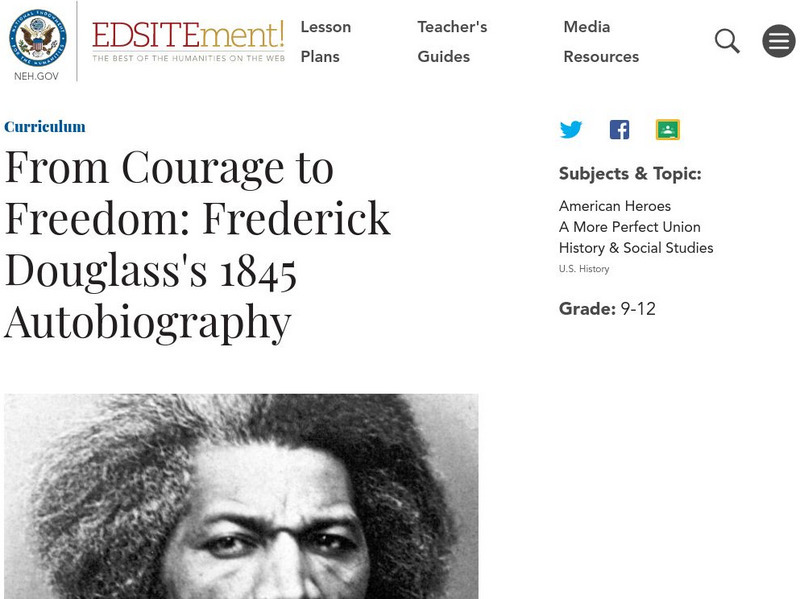

![George W. Bush Library: What Do Historical Objects Tell Me? [Pdf] Lesson Plan George W. Bush Library: What Do Historical Objects Tell Me? [Pdf] Lesson Plan](https://static.lp.lexp.cloud/images/attachment_defaults/resource/large/FPO-knovation.png)



